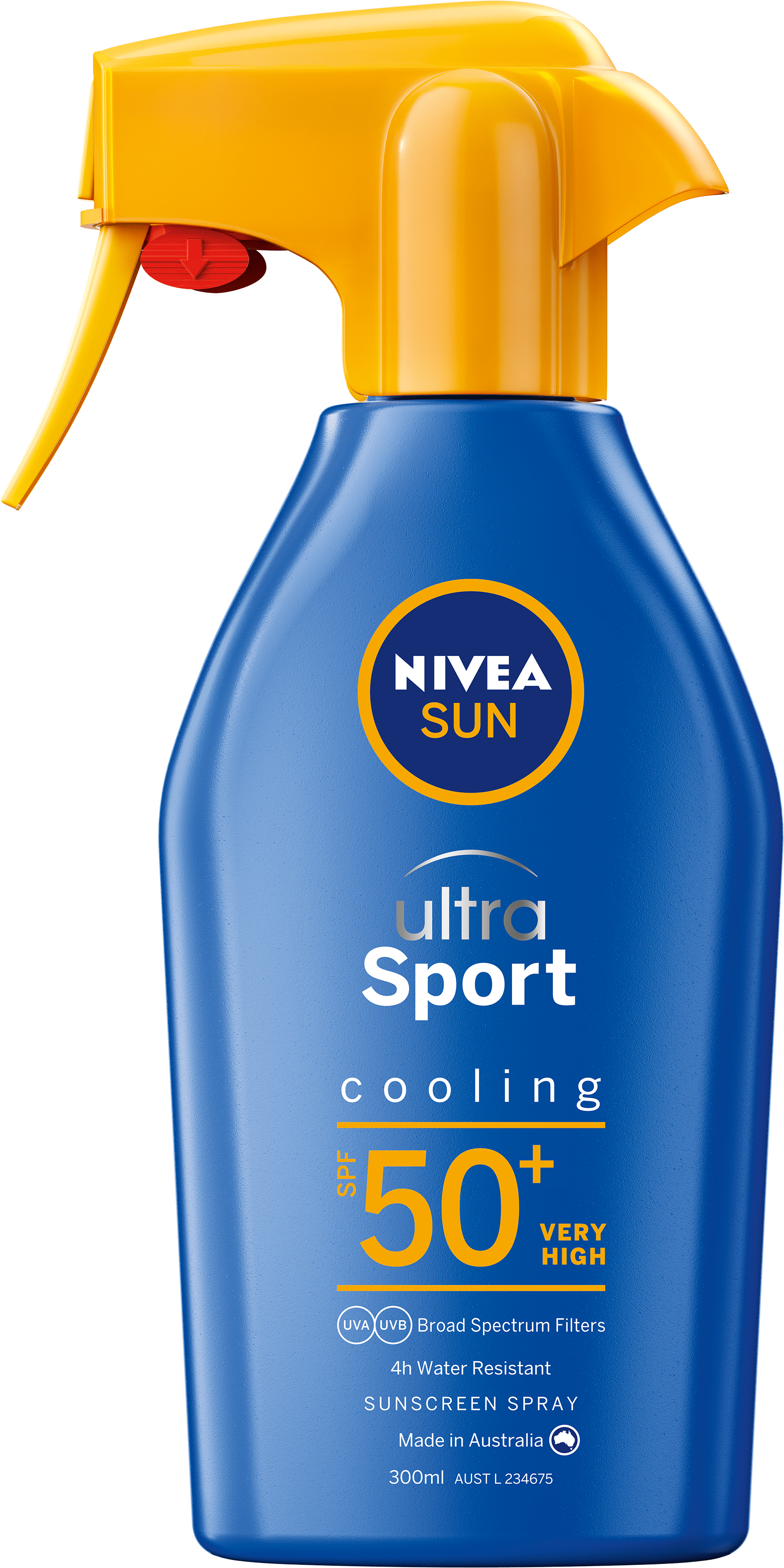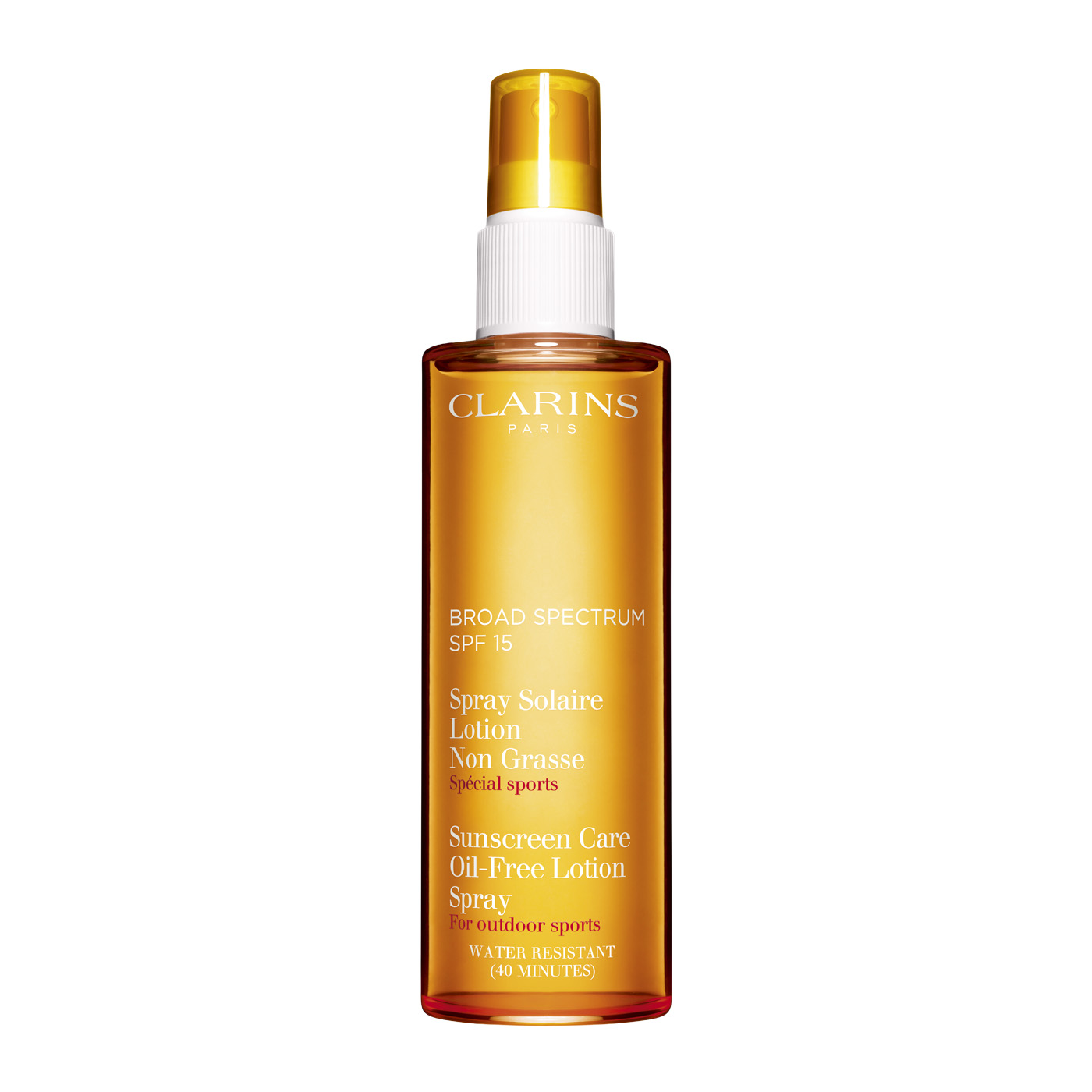
Other products use synthetic ingredients to deflect or deactivate UV rays. They are physical ingredients that deflect UV rays, and they sometimes leave a chalky residue in their wake, and are better if you aren’t swimming or sweating, since they can bead up more easily. Many SPF products use mineral ingredients to shield against the sun, primarily zinc oxide and titanium dioxide.
#Best spray sunscreen free#
Reef-friendly sunscreens are free from both of them and many other potentially harmful chemicals. They're called oxybenzone and octinoxate. There are two increasingly rare ingredients that contribute to coral bleaching. SPF 30 doesn’t block double the rays it simply ups the ante to 97 percent, whereas SPF 50 takes it to 98 percent.
#Best spray sunscreen skin#
They also explain it in terms of percentages, which explains why you might experience more of a skin tan using SPF 15 than SPF 30: SPF 15 blocks about 93 percent of UVB rays during this time. (You should play it safe and reapply after 2-3 hours, though.) (You can assume that UVA protection holds strong, while UVB defense wavers.) Unprotected skin takes 20 minutes to redden and burn in the sun, so an SPF 15 sunscreen or moisturizer will extend that 15 times longer, or roughly 5 hours.

So many sources will explain this in different ways, so it’s best to rely on the Skin Cancer Foundation’s overview: SPF measures the UVB protection of a sunscreen.

You should only buy products that offer broad-spectrum protection. If a sunscreen is "broad spectrum," it protects against both types of ultraviolet rays. They are also responsible for the formation of melanoma (skin cancer). Ultraviolet "B" rays are superficial and cause sunburn. This leads to premature aging, or “photoaging” - fine lines, wrinkles, leathery skin and sunspots. Ultraviolet "A" rays can penetrate deep into the skin. It's SPF 50, checks all of the same environmental boxes as the above options and goes on clear, courtesy of natural ingredients like aloe and avocado oil. This is definitely the best spray for its price. The Best Sunscreen Sprays for Summer 2022 Best Overall Sunscreen Spray: Oars + Alps Hydrating Antioxidant SPF 50 Sunblock Spray Shop our sunscreen spray selections below. Sure, it all seems a bit tedious but diligence is the best way to protect yourself from future problems, and sprays make the process - especially getting the hard-to-reach parts of your back - at least a little bit easier. in water, sweating or in a situation where the sunscreen might've otherwise rubbed off. How often should you reapply?Īs with all other types of sunscreens, sprays should be reapplied every two hours if you're idle or every hour if you're active - i.e. Instead, you should spray a concentrated amount into your hands and use them to apply it evenly across the cheek bones, forehead and nose, behind the ears and into the scalp, too. Inhaling or ingesting them, the AADA says, is unsafe. You also should avoid, unless the brand specifically says so, applying a sunscreen spray directly to the face or across your lips.

Sprayable sunscreens can be redirected by wind, so be sure to apply it in a place free from a breeze - like a bathroom. After your skin's reached the point of glistening, you should still rub the solution in, spreading it where droplets might not have reached. Using an up-close, back and forth motion, go over areas four times. "Since it can be difficult to determine how much spray sunscreen is enough, a good rule of thumb is to spray until your skin glistens." Remember to rub it in.īut it isn't enough to just coat the skin. Estimating this amount is harder with a spray but doable still. "Most adults need at least one ounce of sunscreen - about enough to fill a shot glass - to fully cover the body," The American Academy of Dermatology Association says. Sunscreen sprays aren't your way out of lathering up though. Yes, there are definite rules to follow when using them in order to be properly protected from UVB and UVA rays - see below for a breakdown on both - but they prove best for those prepping for the sun solo, reapplying on the sand or for once you're already sweaty. Sprays service those seeking allover protection. Sticks work well to touch-up larger patches of skin and on odd spots - behind ears and on the back of hands. Lotions, especially ones packed with moisturizing properties, can be rubbed onto the face and neck. Each offers varying advantages during application. There are three types of sunscreen: lotions, sticks and sprays.


 0 kommentar(er)
0 kommentar(er)
